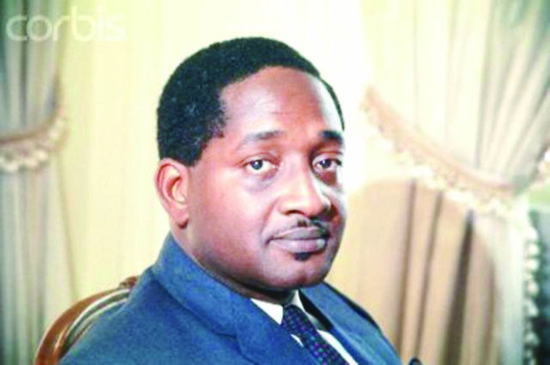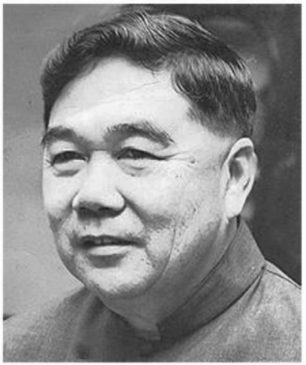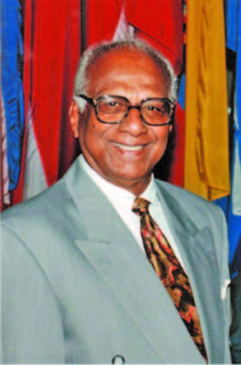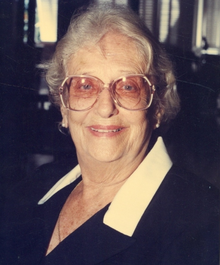The Constitutional Changes
Today, there is a recognized need for constitutional reform but long before present-day events emphasized this fact, Guyana’s Constitution underwent much change since Independence. Understanding these changes may help understand what more needs to be done.
The Guyana Constitution of 1966 was adopted upon Independence. It provided among other things for the Governor-General as the Queen’s representative and the Prime Minister to hold executive power.

This Constitution stipulated that the Prime Minister would be appointed by the party holding the majority in the National Assembly, then a 53-member unicameral body.
Changes to the Constitution in 1970 provided for several things including the removal of the Governor-General as the ceremonial head of state and his replacement with the office of President, also largely ceremonial. But it also empowered the President to dissolve parliament and appoint persons to critical positions in the executive and judiciary.
The 1980 Constitution, assented to by then-President Arthur Chung who was then almost automatically replaced as executive President by his Prime Minister Forbes Burnham, has survived to this day albeit with several modifications. What was never substantially changed was the President’s power of appointments and to dissolve Parliament.
The Constitution also kept the clauses for removal of the President. In both the 1970 and 1980 Constitutions, the removal of the President is provided for on the grounds of incapacity, violation of the Constitution or gross misconduct. While laudable inclusions, there was more to them than met the eye.
Article 179 (1) of both Constitutions stipulated that in the case of incapacity, a motion must be moved by a majority of all Members of Parliament for the physical or mental capacity of the President to be investigated.
When this is done, the Chancellor is then to be tasked with appointing a board of three medical doctors to investigate and then make a report. If the report confirms that the President is incapable of carrying out his functions, the Chancellor will certify this and the President ceases to hold office.
In terms of removal from office for misconduct and Constitutional violations, Article 180 (1) states “If notice in writing is given to the Speaker of the National Assembly, signed by not less than one-half of all the elected members of the Assembly, of a motion alleging that the President has committed any violation of the Constitution or any gross misconduct and specifying the particulars of the allegations and proposing that a tribunal be established under this article to investigate those allegations, the Speaker shall; (a) if Parliament is then sitting or has been summoned to meet within five days, cause the motion to be considered by the Assembly within seven days of the notice; or (b) if Parliament is not then sitting (and notwithstanding that it may be prorogued) summon the Assembly to meet within twenty-one days of the notice and cause the motion to be considered at that meeting.”




According to Article 180 (2), this type of motion will not be up for debate but rather, a vote has to be taken. A two-thirds majority of all elected members is needed before the motion can be passed, after which the Chancellor has to appoint a tribunal of a Chairman and two members who must be current or former judges.
During their investigations, the President will have the right to appear before them. According to the article, this tribunal can either decide the allegations have no merit (in which case no further action based on the allegations can be taken against the President) or that the President is guilty (in which case the President ceases to hold office three days after a resolution to this effect is passed).
This clause has been criticized, especially as Article 180 further stipulated that the President can dissolve parliament and therefore remain in power before his removal from the office takes effect. In 2000, then President Bharrat Jagdeo assented to the Constitution Amendment (No. 4) Act of 2000, which among other things removed this stipulation.
Article 180 meant that holding the President answerable for any supposed crime done in his official capacity largely depended on the Members of Parliament. Article 182 (1) further went on to provide immunity for the President, stipulating that criminal or civil cases cannot be filed against the President for any breach of the law committed in his private capacity. Again, this provision was inherited from 1970 and the framers of the 1980 Constitution did not change it.
Constitutional reform
After 1980, with criticism of the Constitution and the powers and immunities it gave to the President continuing, steps began to be taken towards reforming it through consultations.
From 1995, a Parliamentary select committee began holding hearings and receiving submissions from persons and organisations about what changes ought to be made. Momentarily suspended due to the 1997 election and it’s violent aftermath, the Caribbean Community (CARICOM) helped broker the Herdmanston Accord between then People’s Progressive Party (PPP) leader and President Janet Jagan and then People’s National Congress (PNC) leader and former President Desmond Hoyte, to among other things continue the reform process.
It established a Constitution Reform Commission (CRC) with a six-month lifespan. The CRC then travelled across Guyana to meet with individuals and groups in order to receive their submissions on what needed to be changed with the Constitution.
The CRC made 171 recommendations for amending the Constitution, but one of its most critical and especially relevant recommendations, was for the President and Cabinet to resign if a no-confidence motion was passed. Prior to the CRC, article 106 of the 1980 Constitution only spoke of a Cabinet. After the CRC, then President Jagdeo again assented in 2000 to provisions for a no-confidence motion to be added to the Constitution.
Additional CRC recommendations for curbing the power of the President were for a two-term Presidential limit, the Presidential power to dissolve Parliament to be removed and the clauses pertaining to the majority needed to remove the President to be removed.
Meanwhile, other CRC recommendations pertaining to human rights included the rights and freedom of individuals be amended to include protection from discrimination, protection for arrested persons, equality of status for children born out of wedlock and the entitlement of children to free primary health care.
While many of the CRC recommendations were implemented, to this day some like the President’s power of dissolving parliament, remain. Present attempts at continuing constitutional reform are currently embodied in the Constitutional Reform Consultative Commission, though these attempts have for some time been gridlocked.



